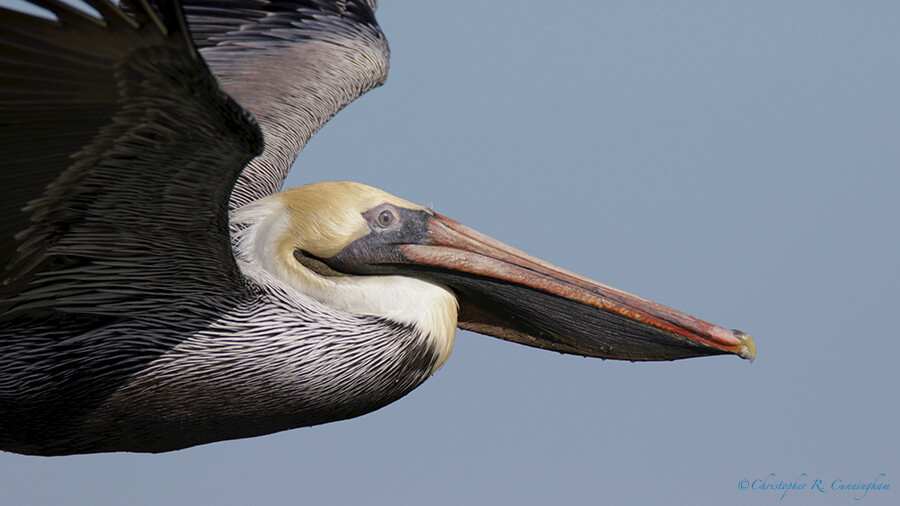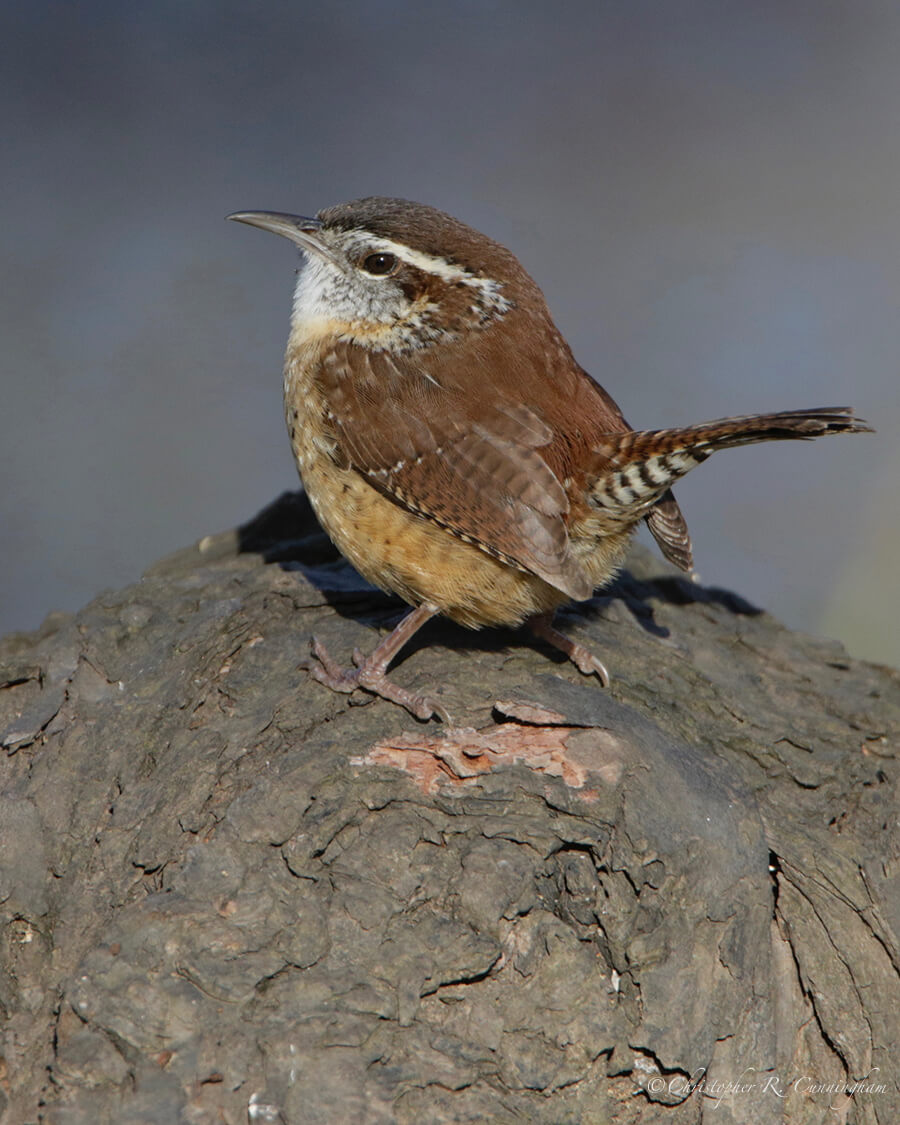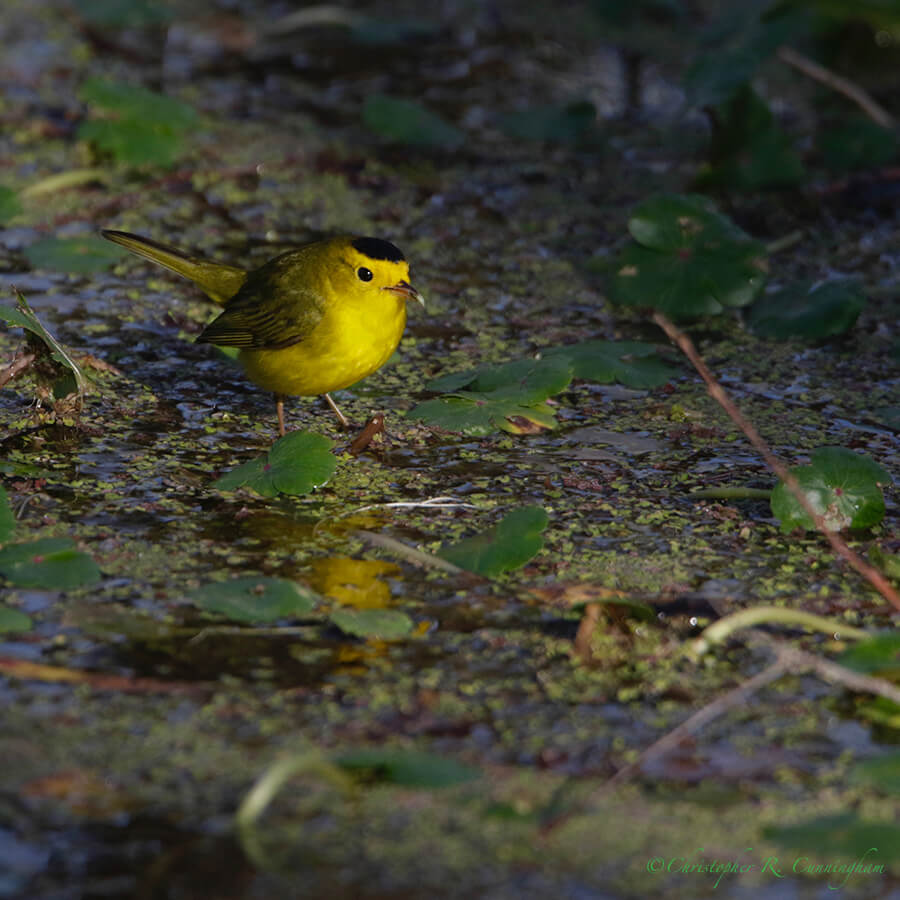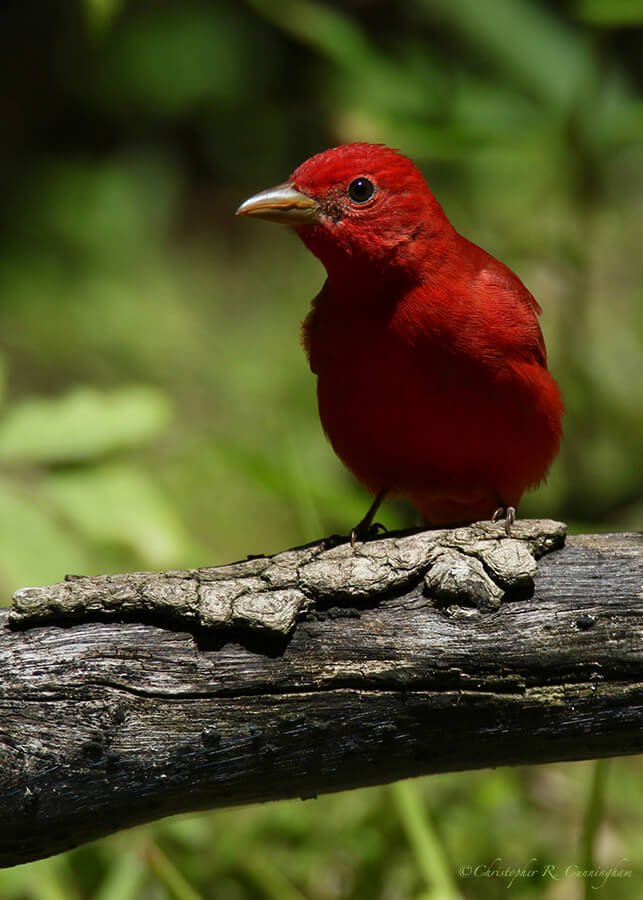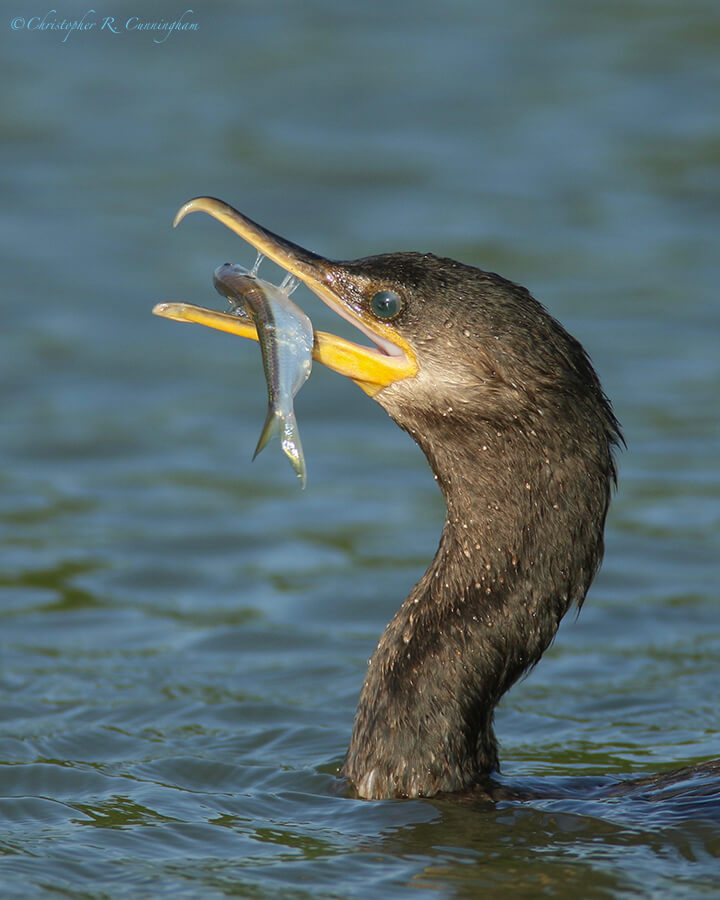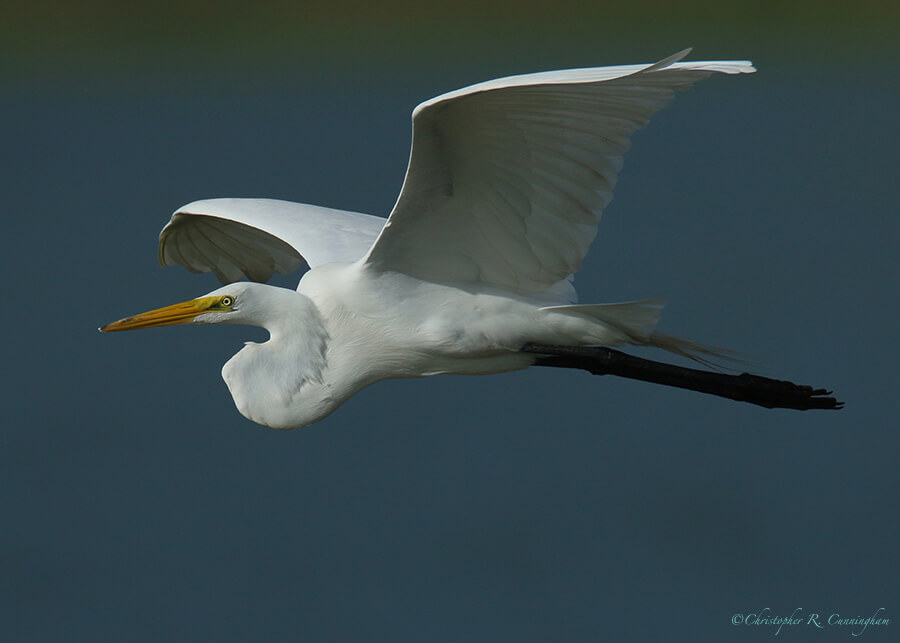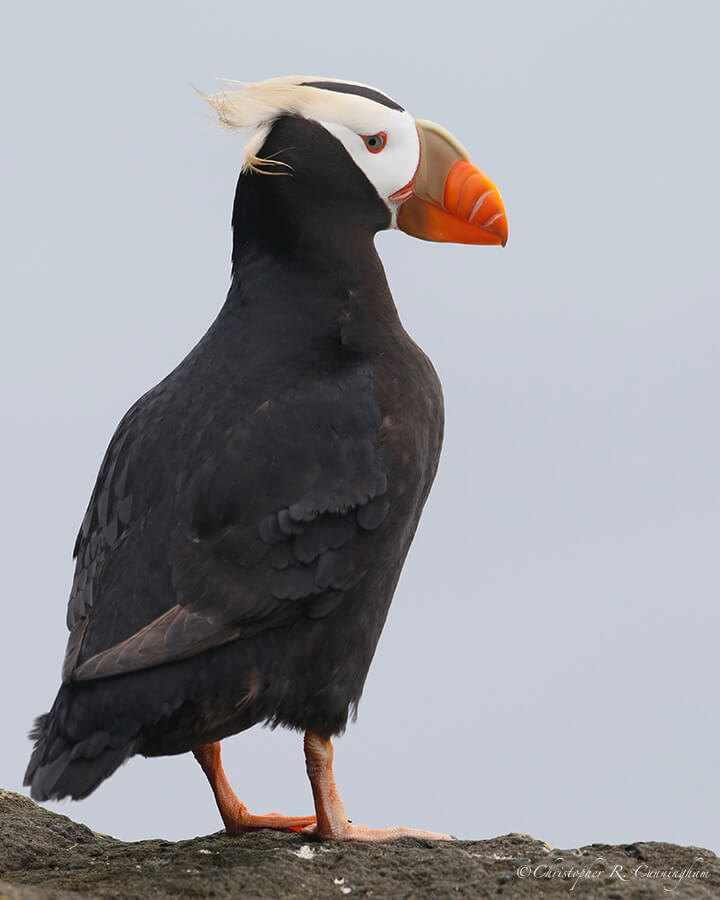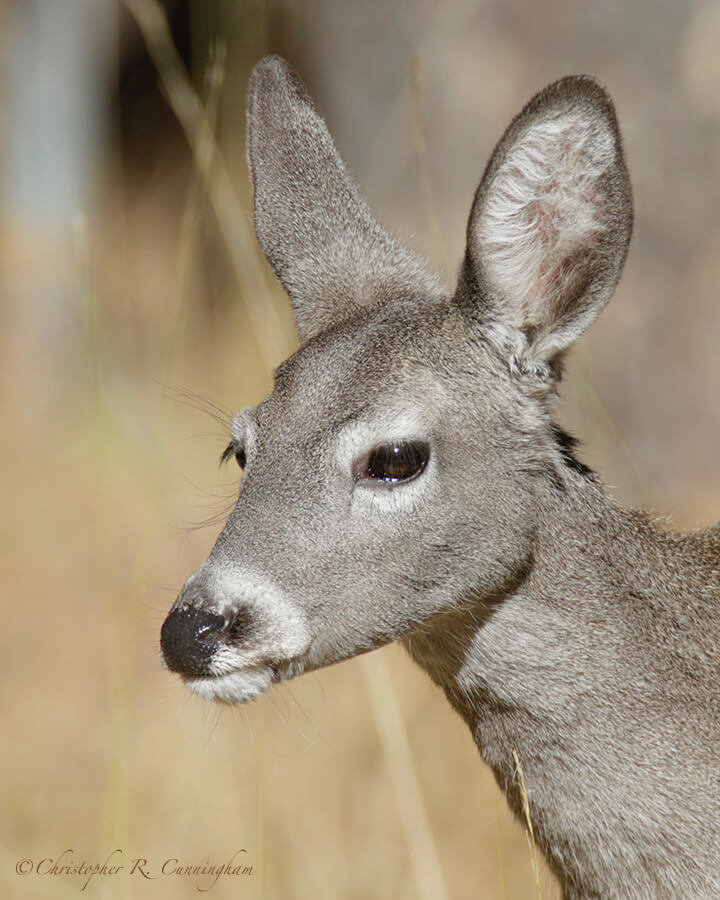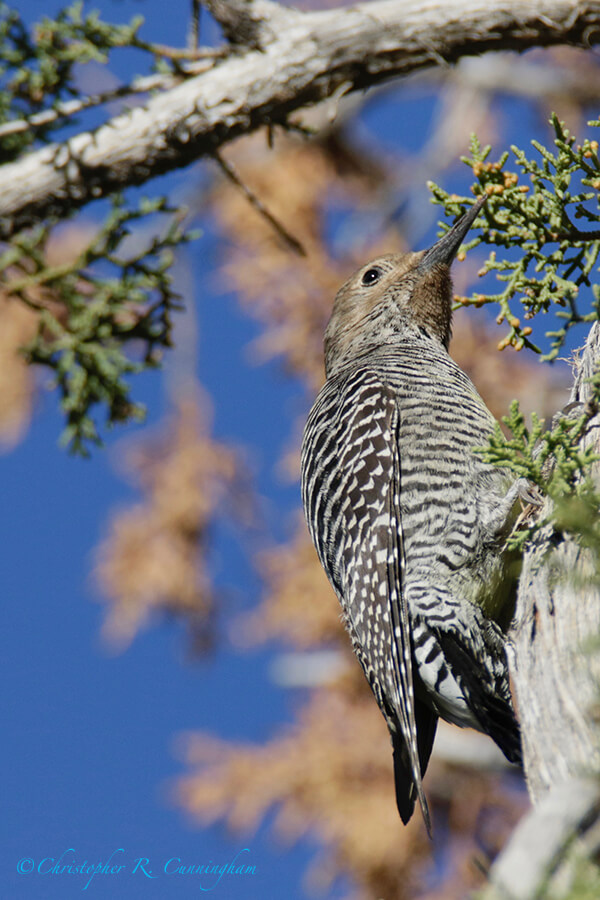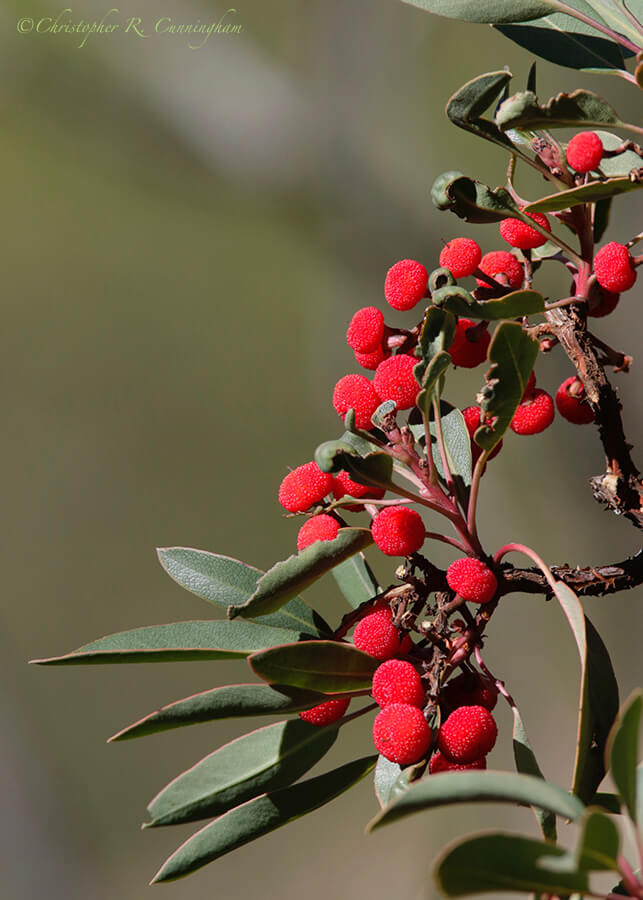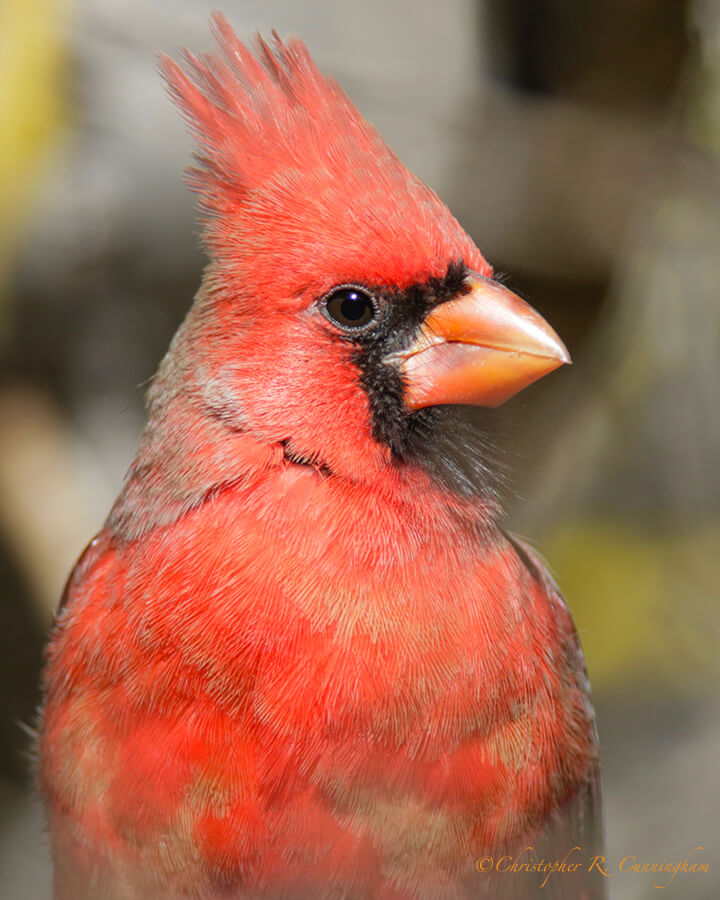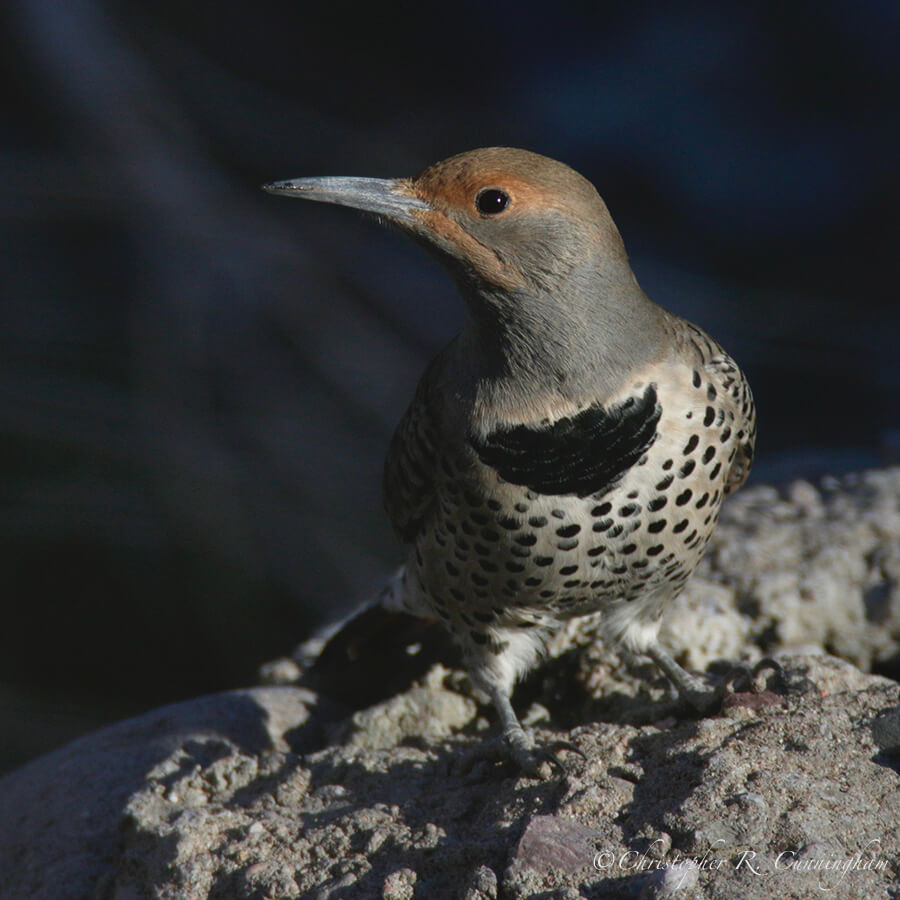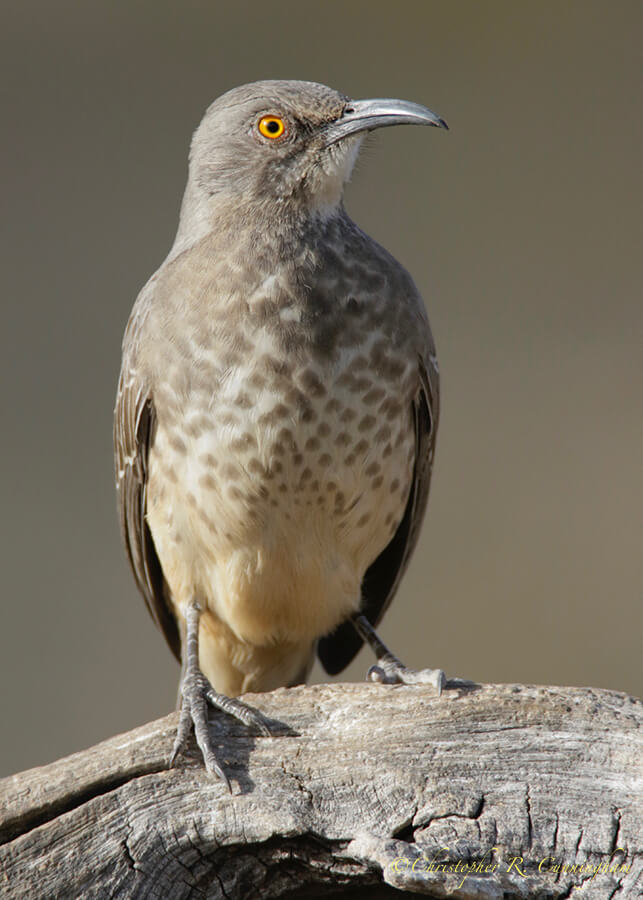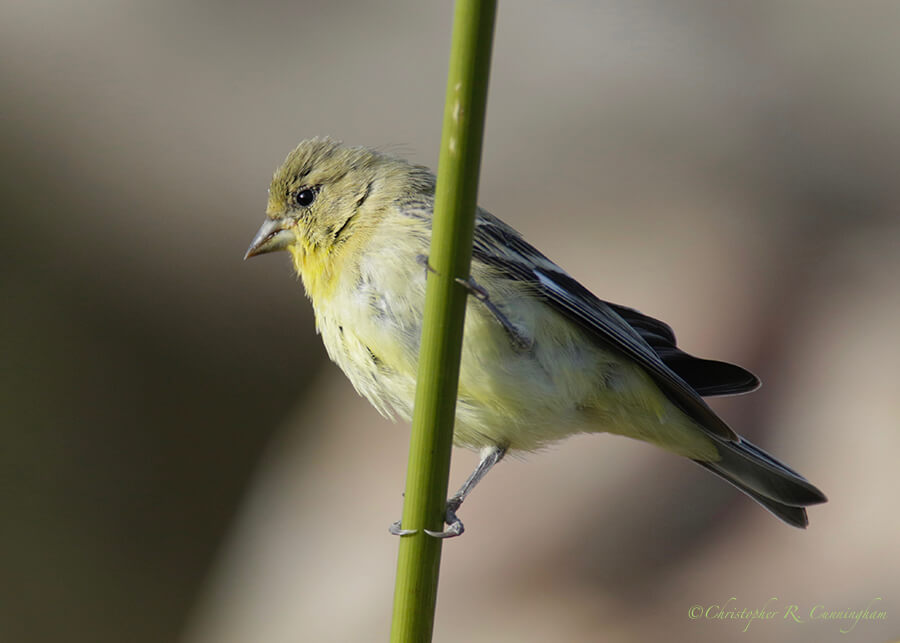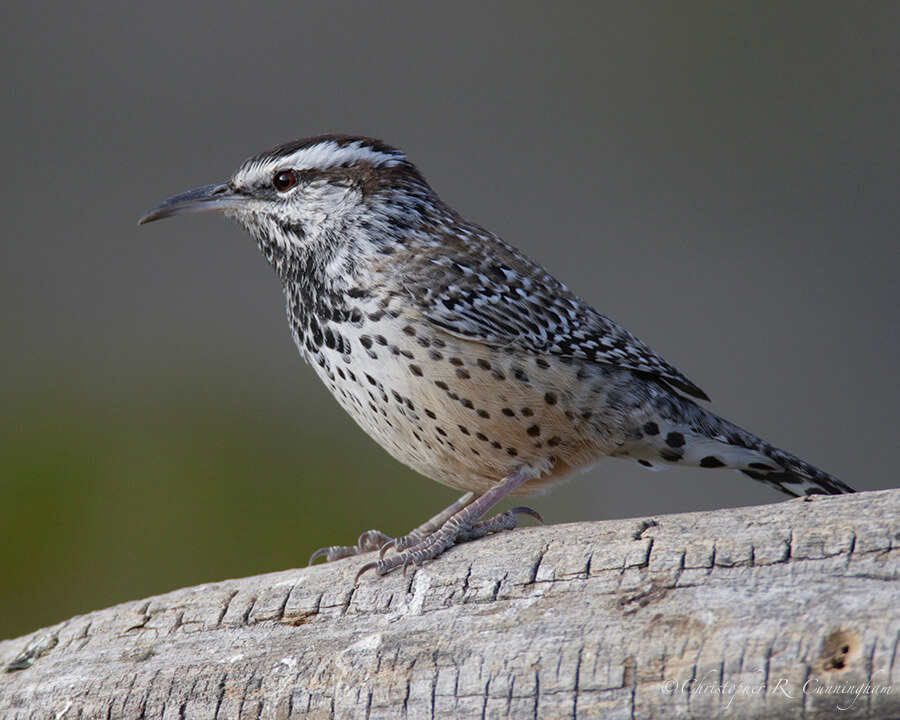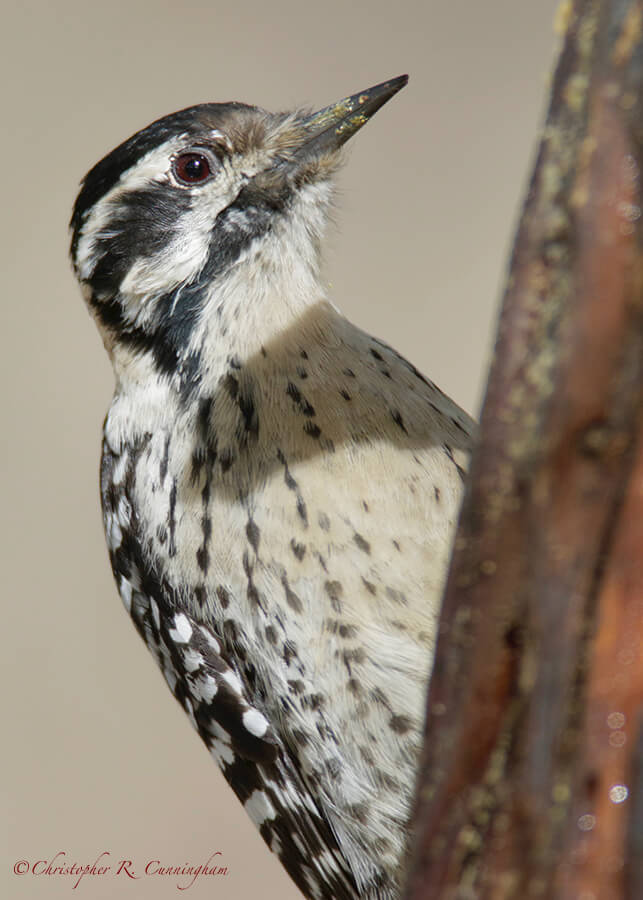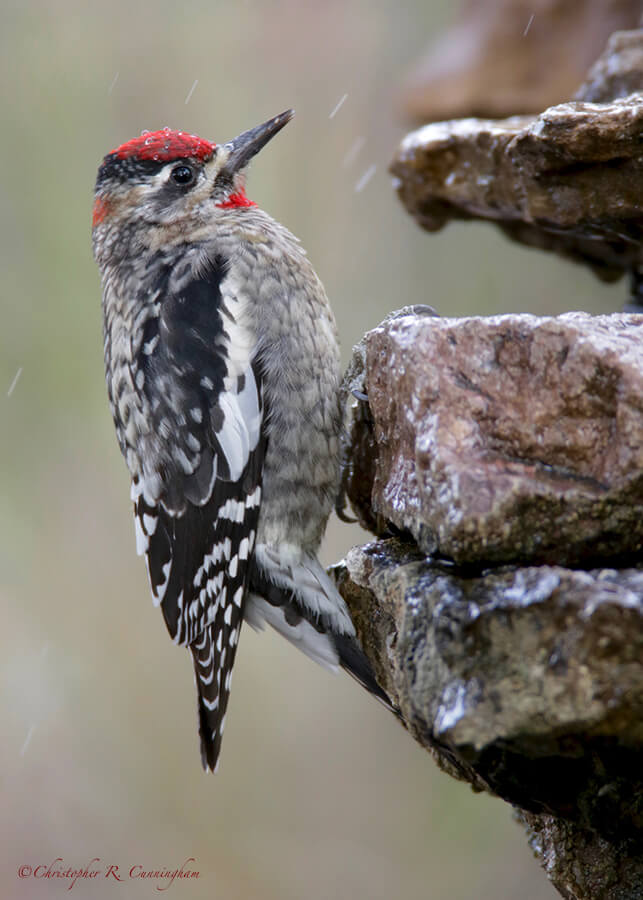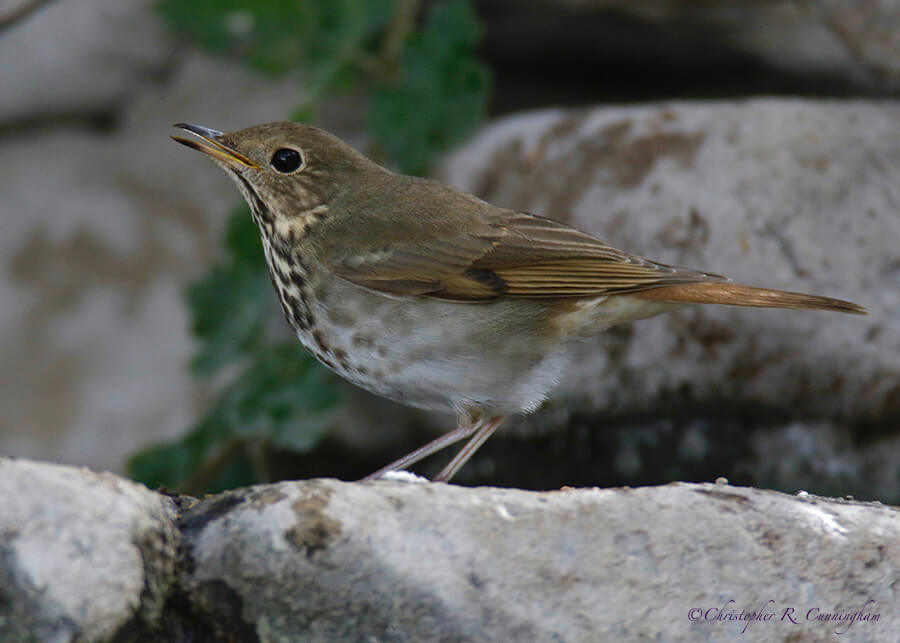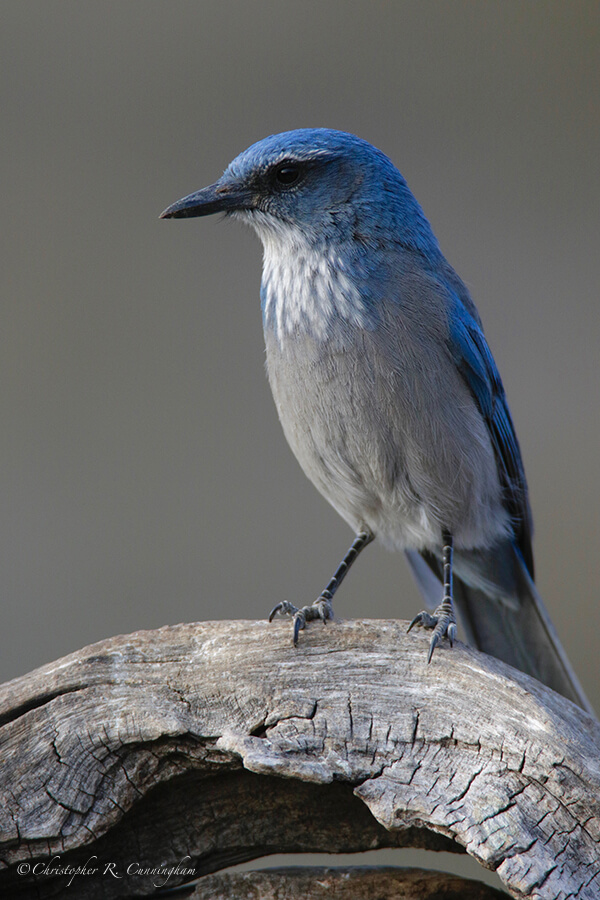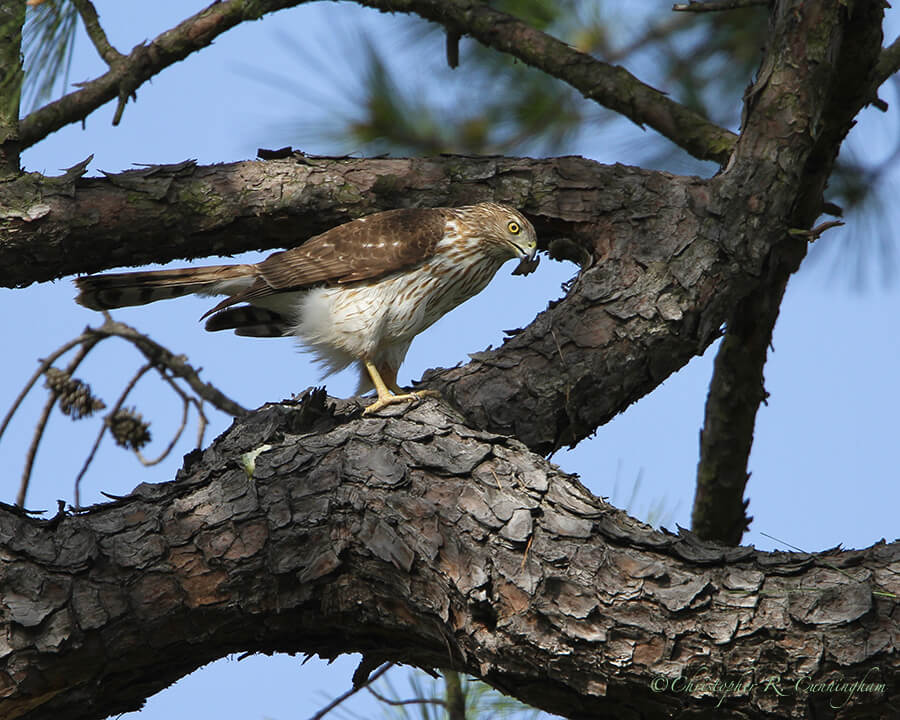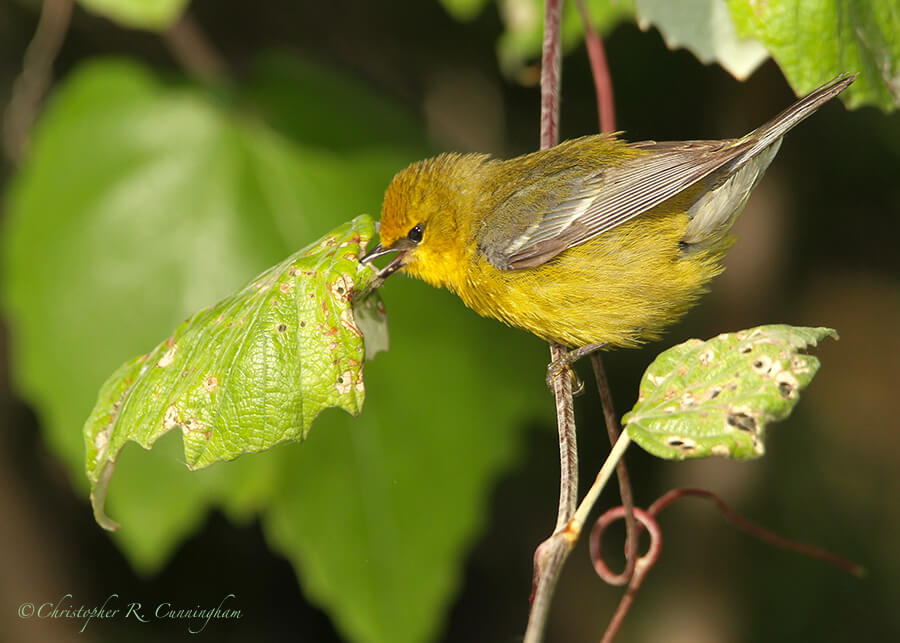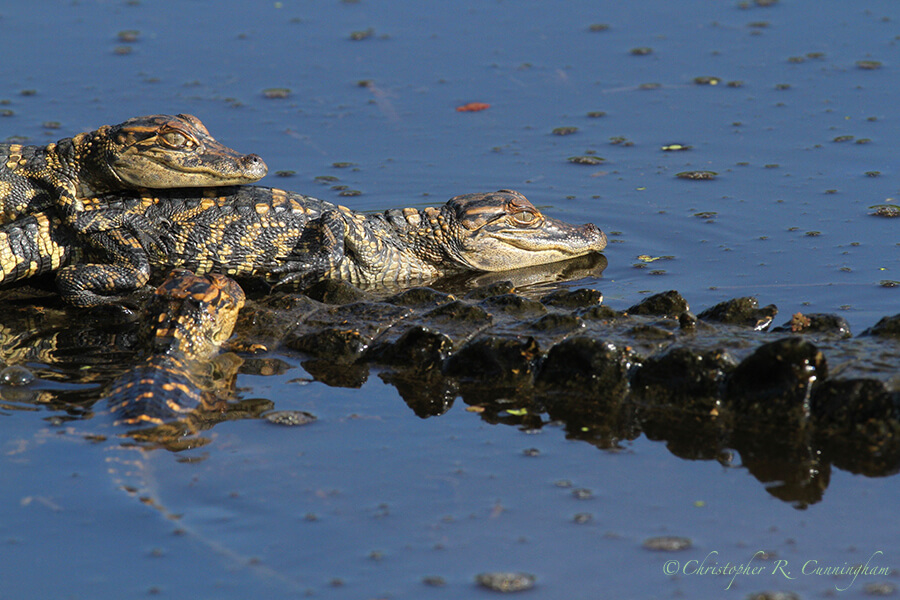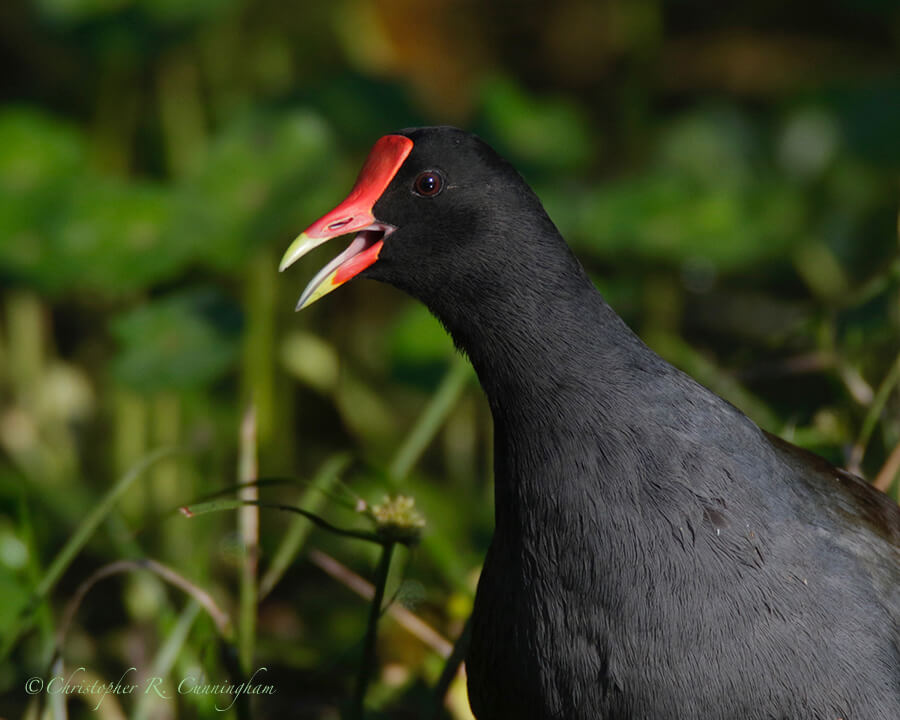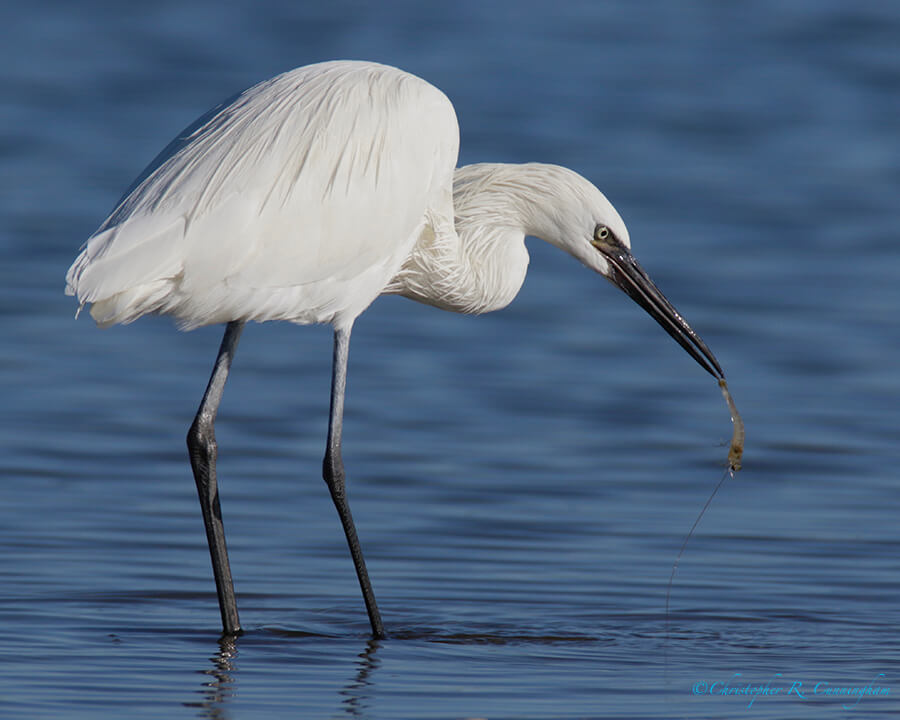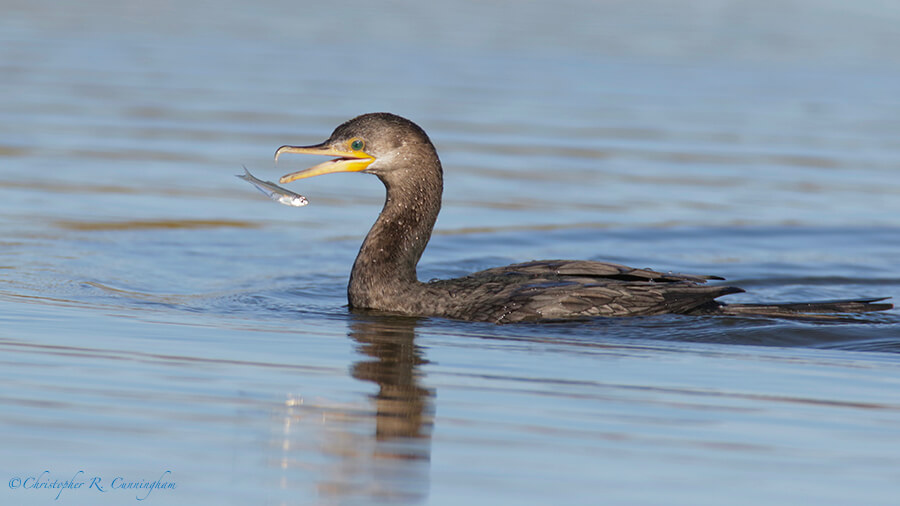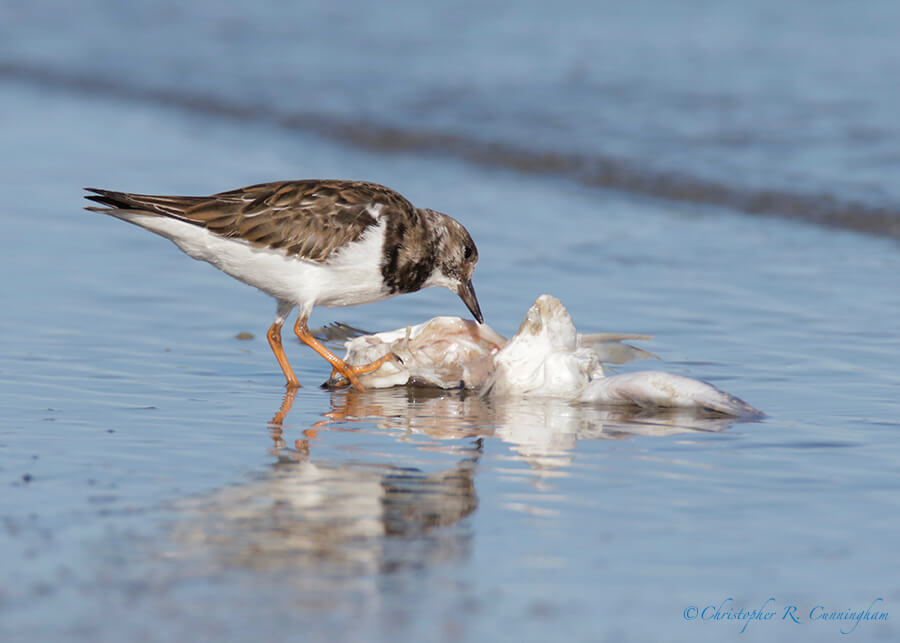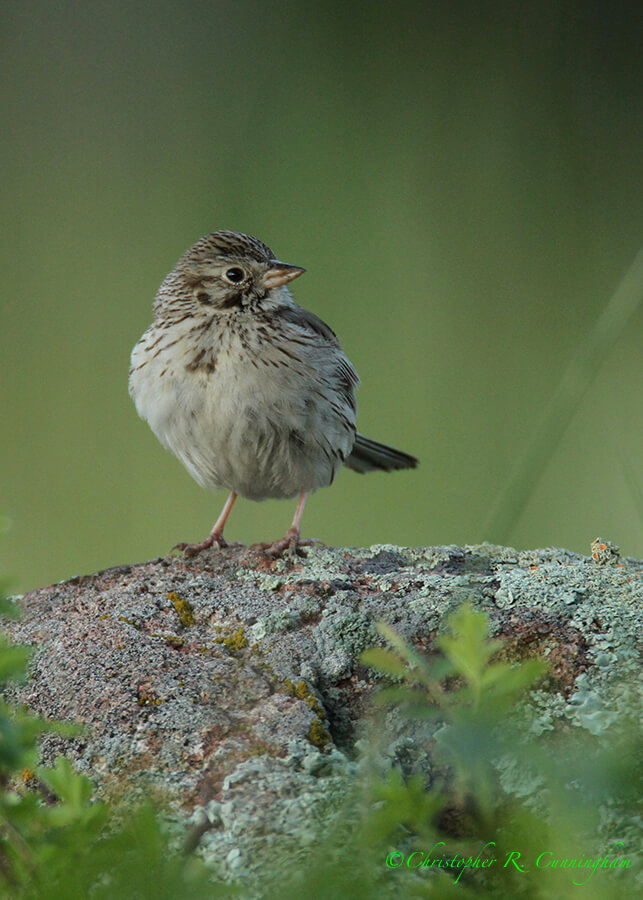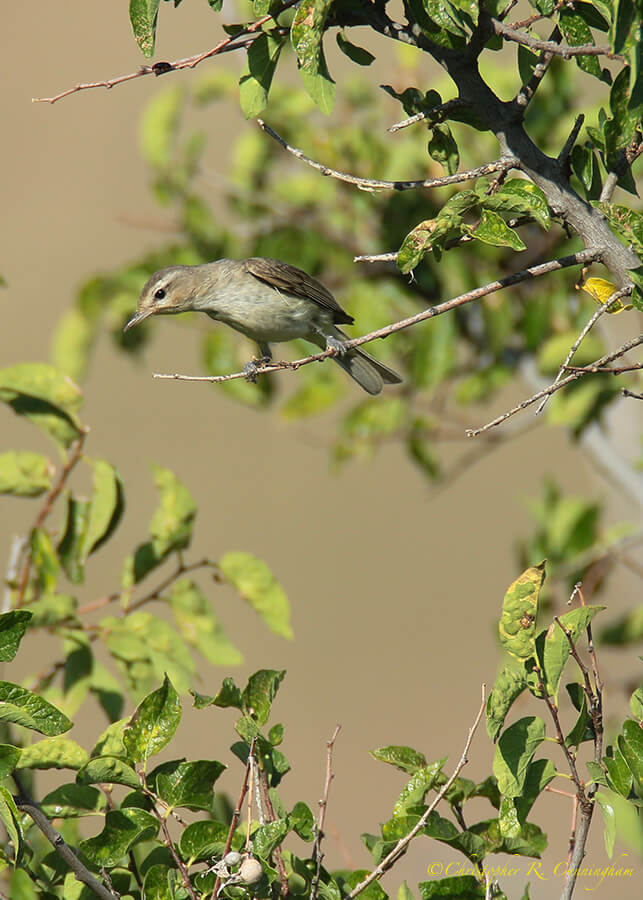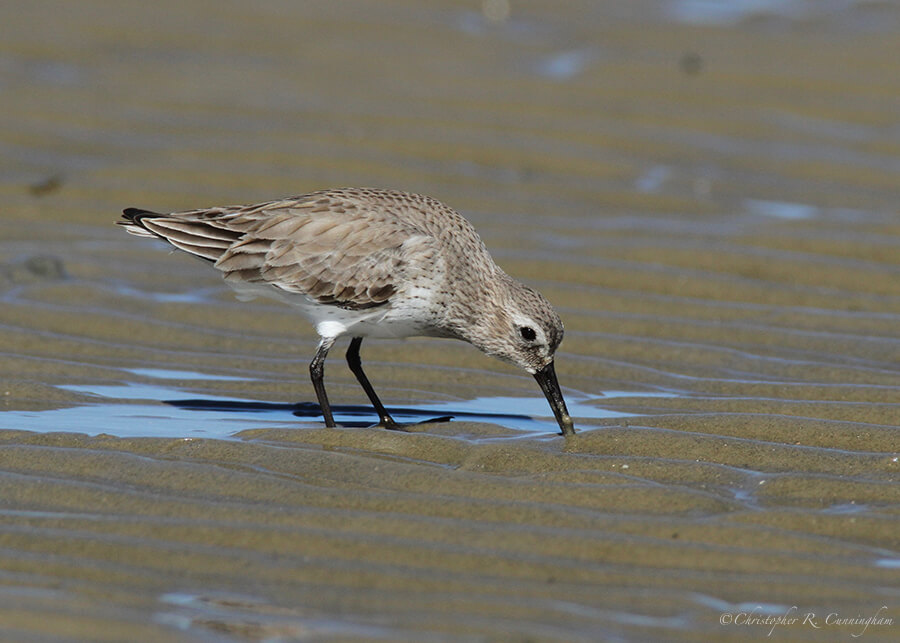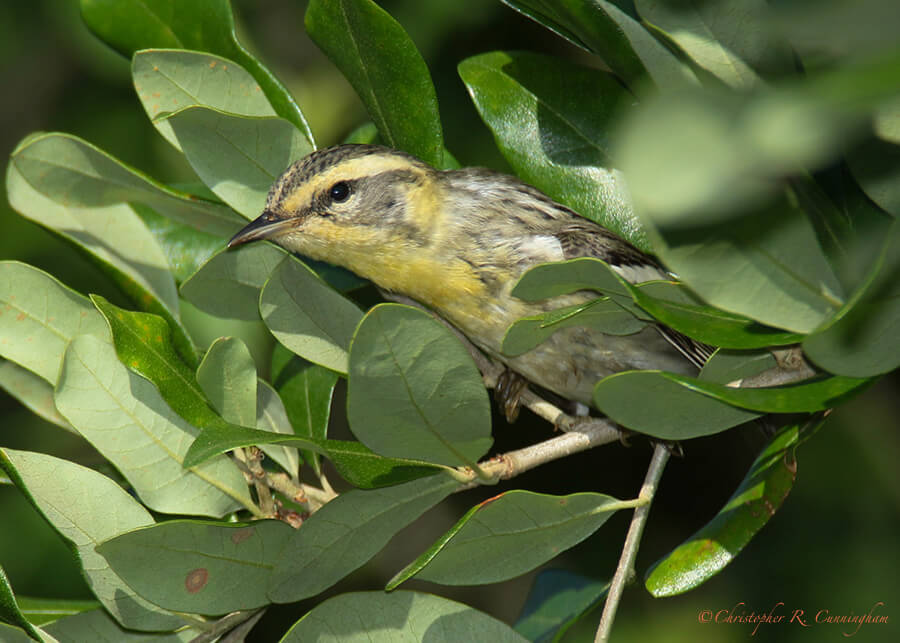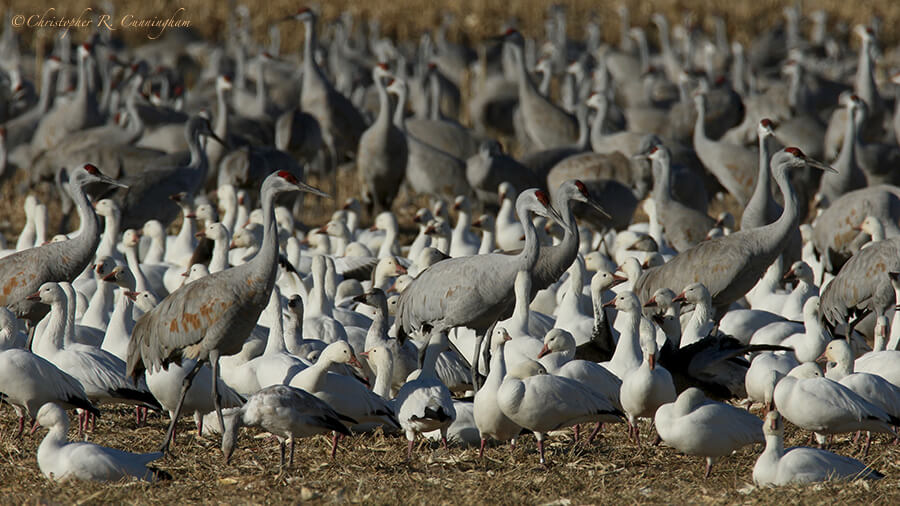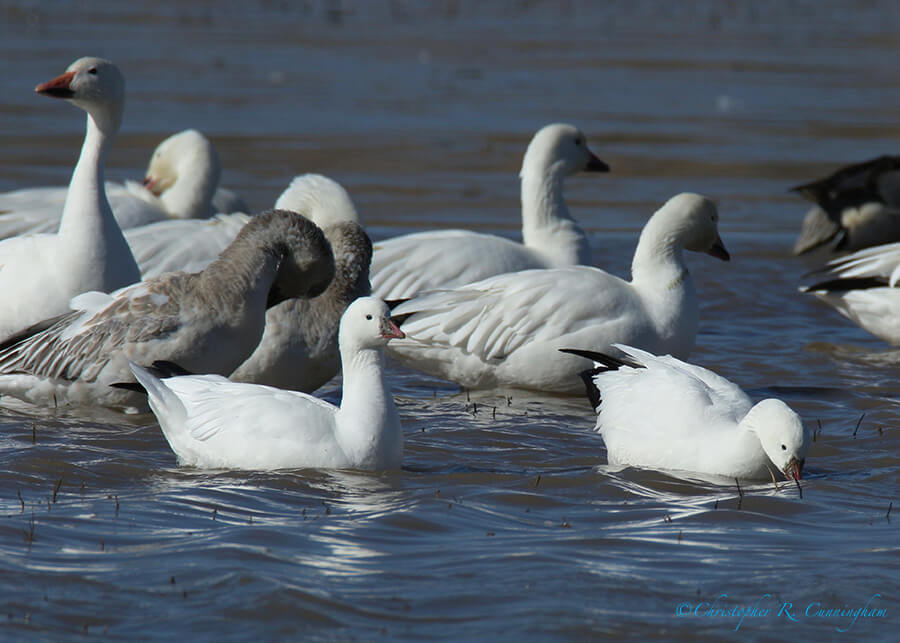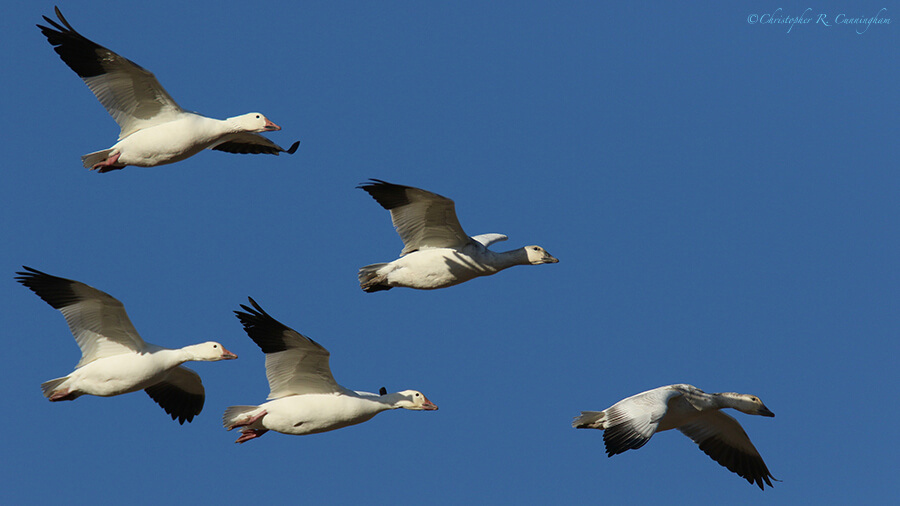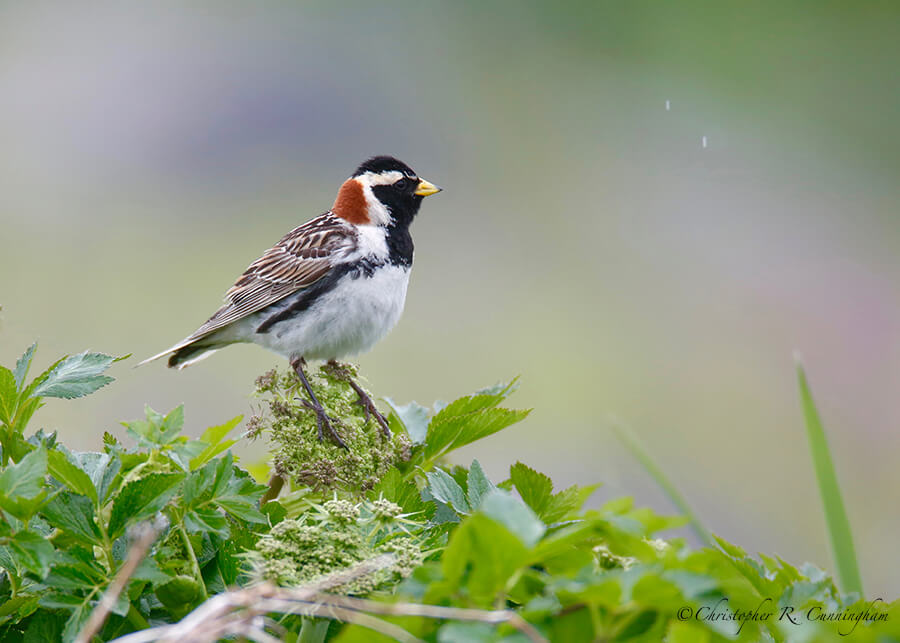Be thine own palace, or the world’s thy jail. –John Donne
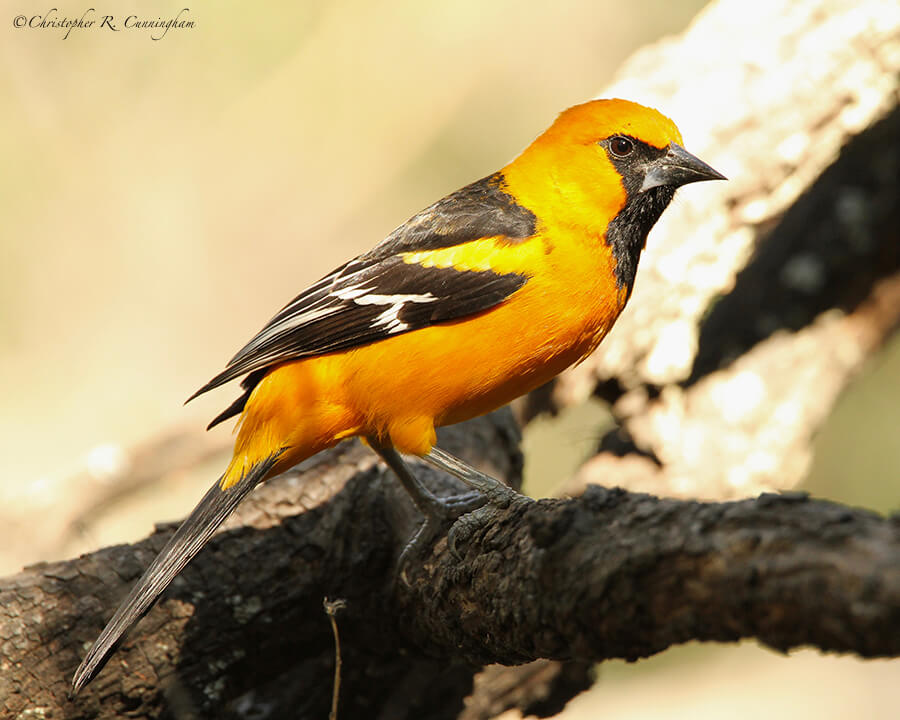
Many birders inside and outside Texas are aware (and horrified) that planning for construction of Trump’s border wall with Mexico at Santa Ana National National Wildlife Refuge (NWR) near McAllen, Texas continues to progess. Often described as the “crown jewel” of the National Wildlife Refuge System, Santa Ana is nationally and internationally famous as one of the birding destinations in the United States. Some of our earliest and most profound birding adventures have occurred here. In fact, it is here where we became serious birders. Over the strenuous objections of world biologists and birders about the obvious threats to habitat and the exceptional beauty and biodiversity of the place, the plans continue.
I suspect that it would be useless to enumerate the types of specific threats to particular animal species–from hindering migration for purposes of finding mates and food to loss of availability of escape routes during floods–that the wall poses. The weird populist political support this boondoggle enjoys is quite beyond the bounds of reason. The work (and destruction) will continue until Trump is out of office–but then the damage will have been done. The wall will (obviously) be incomplete, and Santa Ana will be scarred.
In contemplation of the border wall, I am reminded of the history of palaces in Western Europe. Reaching back into antiquity one finds that the early residences of the nobility were fortresses. Often the power these men and women exerted over their subjects was enforced at sword-point, and rivals often staged armed insurrections. Power and influence were tenuous. However, as the power of the state increased into the early Modern Era, a curious thing happened. Kings and queens no longer lived behind moats and fortifications: They lived in palaces. The Versailles of Louis XIV was not a fortress. Nor was the Buckingham Palace of George III. Security, yes–moats, ramparts, massive walls, no. Power was exercised with the stroke of a pen, orders dispatched from an office, not a turret.
Those advocating the building of the border wall must agree that if the United States requires a physical wall, a fortification, to contain illegal immigration, then our government no longer enjoys a rule of law capacious enough or one even worthy of a Modern civilization. Rather, we must consider ourselves Medievals cowering behind stone walls and iron gates.
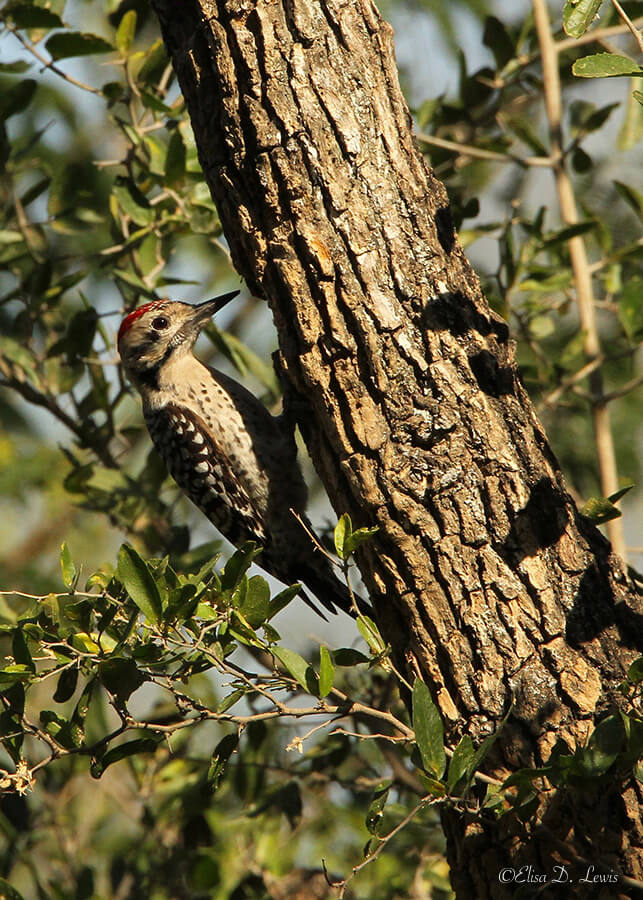
©2018 Christopher R. Cunningham and Elisa D. Lewis. All rights reserved. No text or images may be duplicated or distributed without permission.
